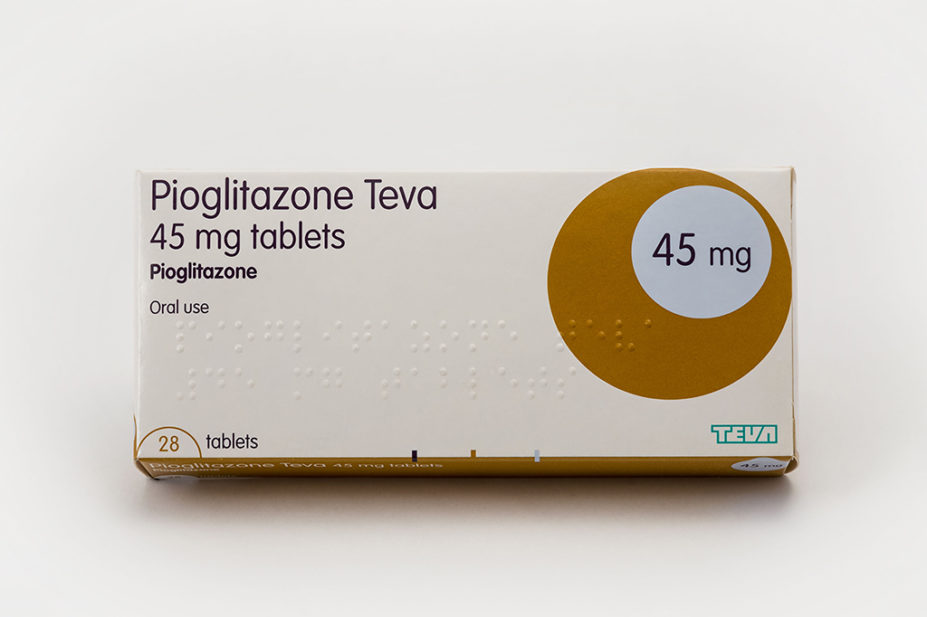
Christine Whitehead / Alamy Stock Photo
Patients given trials of different diabetes medicines before choosing their own long-term therapy have better glycaemic control and fewer side effects, concludes a new study.
In the TriMaster Study, published in Nature Medicine on 7 December 2022, researchers from the University of Exeter studied 448 people with type 2 diabetes mellitus (T2DM) who were already taking standard therapy but needed a second- or third-line drug to control their blood glucose.
After randomly giving patients three drugs — sitagliptin, canagliflozin and pioglitazone — in succession for 16 weeks each, 70% of people chose the drug which had given them the best HbA1c levels and 67% of people chose the drug with the lowest number of side effects for them.
By contrast, if everyone had been given the most commonly preferred drug (canagliflozin), only 30% of people would have been on the drug with the best glucose control for them and only 50% on the drug with the least side effects for them.
Many patients with T2DM need second- or third-line drugs to control their blood glucose and the current National Institute for Health and Care Excellence guideline also suggests that individualised care, cardiovascular risk and patient preferences should be part of the decision.
The study did not consider non-glycaemic control factors, such as the drugs’ effect on overall cardiovascular risk, but each of the drugs showed similar glycaemic control (mean HbA1c on pioglitazone 59.5mmol/mol [95% confidence interval [CI] 58.4–60.6], sitagliptin 59.9mmol/mol [95% CI 58.9–61.0], canagliflozin 60.5mmol/mol [95% CI 59.5-61.4]).
The mean number of side effects was also similar (pioglitazone 1.6 [95% CI 1.46–1.73], sitagliptin 1.3 [95% CI 1.16–1.44], canaglifozin 1.7 [95% CI 1.51–1.81]).
However, therapeutic response and side effects varied considerably from person to person in the study.
The researchers concluded that prescribing drugs based on a trial and patient preference would result in more patients achieving the best HbA1c, with the fewest side effects: “When precision approaches do not predict a clear optimal therapy for an individual, allowing patients to try potential suitable medications before they choose long-term therapy could be a practical alternative to optimizing treatment for type 2 diabetes.”
However, Philip Newland-Jones, consultant pharmacist in diabetes at University Hospital Southampton NHS Foundation Trust, said that diabetes medicine is now chosen by criteria other than glucose, weight and side effects.
“It’s about taking evidence beyond glucose into account, considering cardiovascular and other benefits of the medicines, such as effect on non-alcoholic fatty liver disease, renoprotection and cardiovascular risk reduction.
“It’s a lovely study, but we don’t necessarily choose diabetes medications based just on the factors they reported on [in the study].”
He added that it would be interesting to see a similar trial that included GLP-1 inhibitors, which have more of an effect on weight.
Before seeing their results, people were asked the reasons for their preference: 52% said they chose the drug because of “feeling better”, while 38% chose the drug with “lack of side effects”.
After seeing the results, 27% people changed their preference, mainly because of their HbA1c results.
Newland-Jones liked the idea of giving people informed choice through trials such as this, but thought it was not currently practical to this extent.
“It would be beautiful to do this, because the right medicine is the medicine the person with diabetes is willing to take, but we would effectively have to see someone every three to four months for this to be practical.
“In the current state of affairs, with not enough practice nurses and not enough pharmacists and GPs for chronic disease management, I don’t think it is feasible for every person with diabetes, but that doesn’t mean we can’t aspire to do it in the future.”


